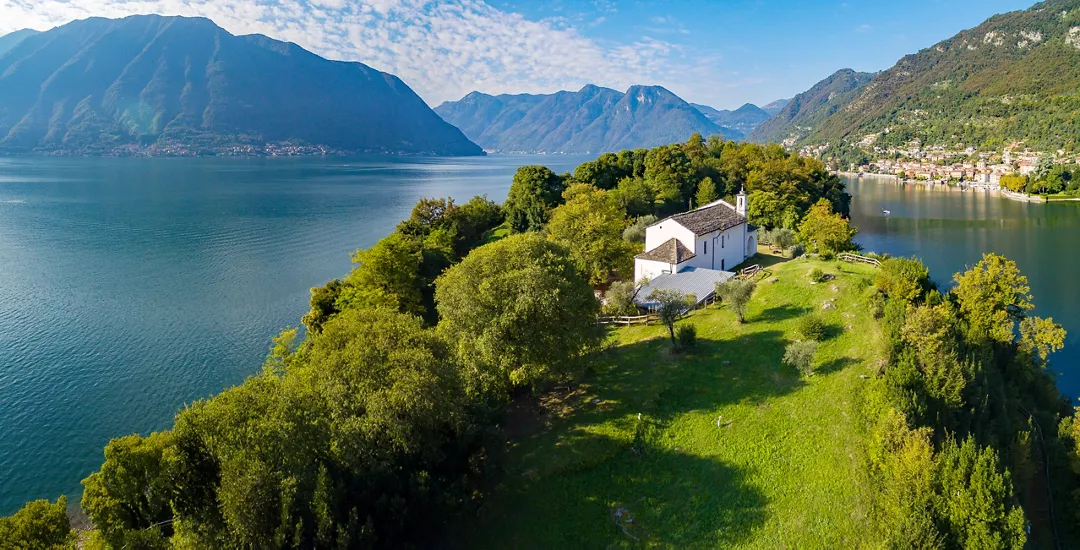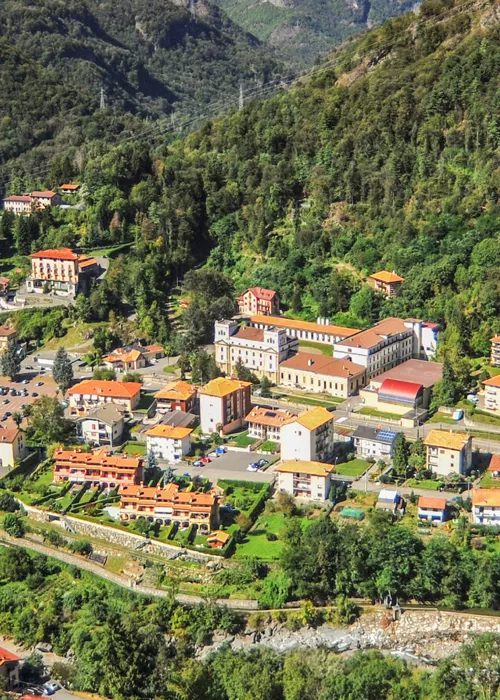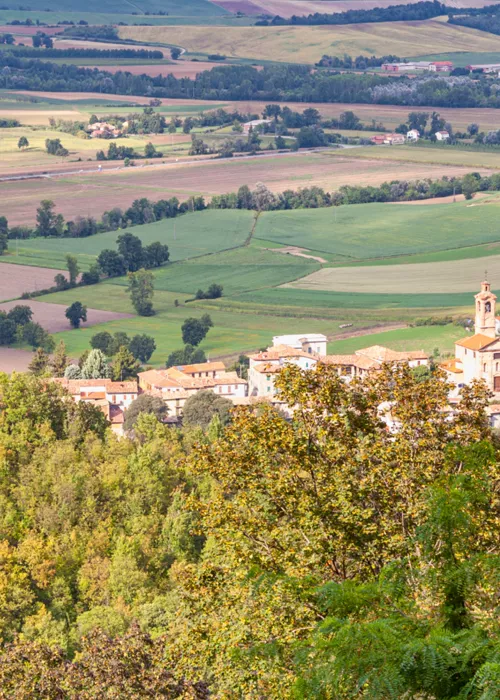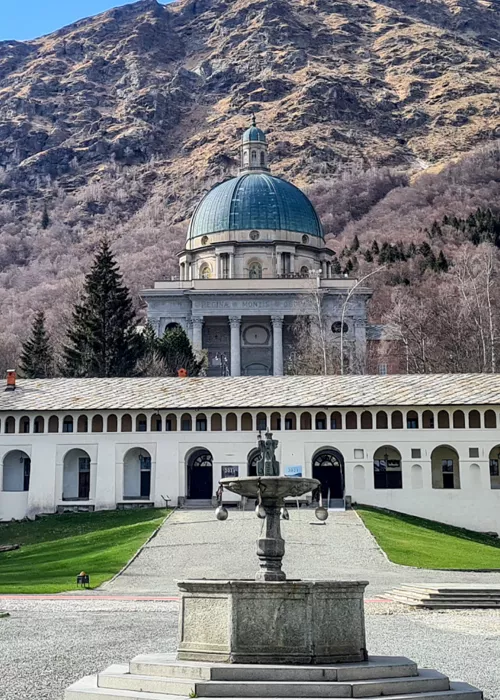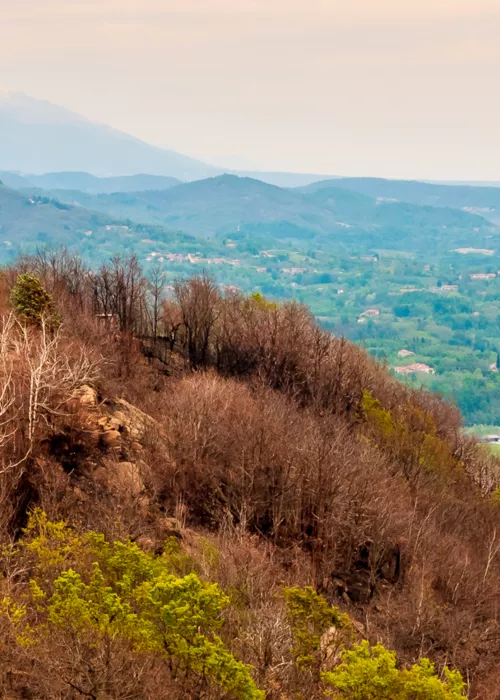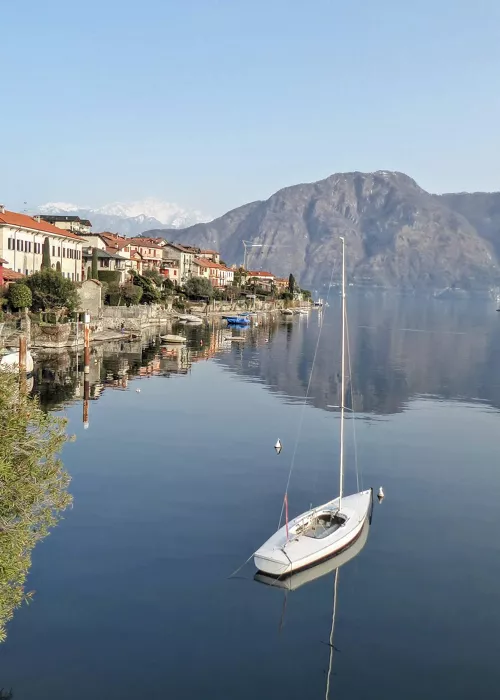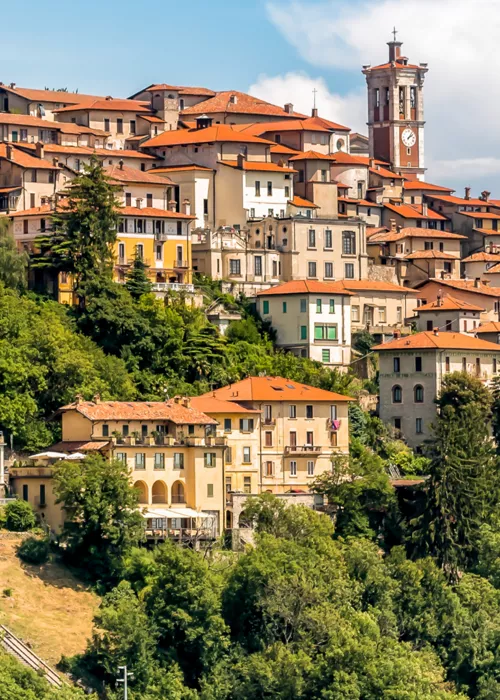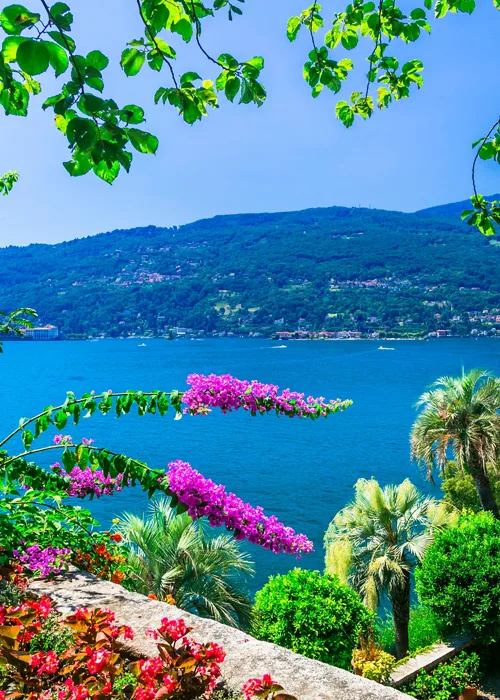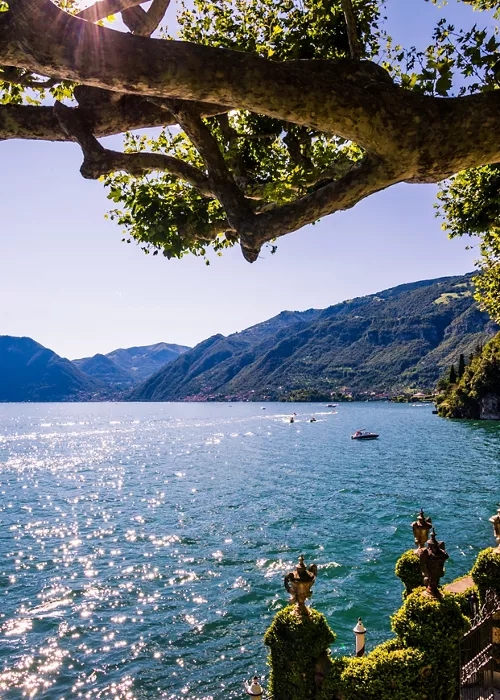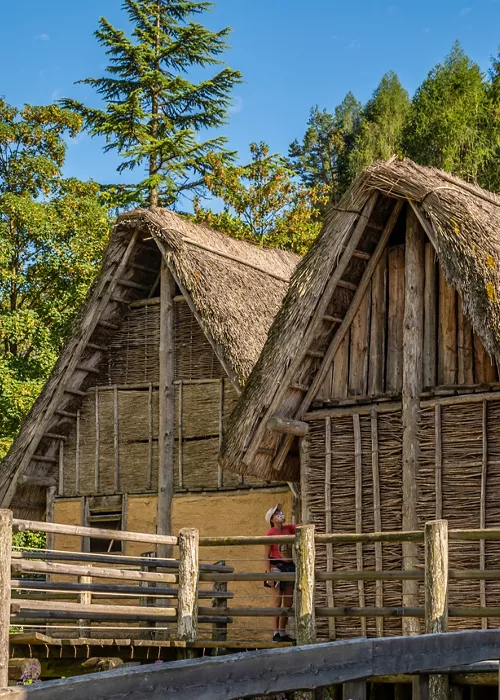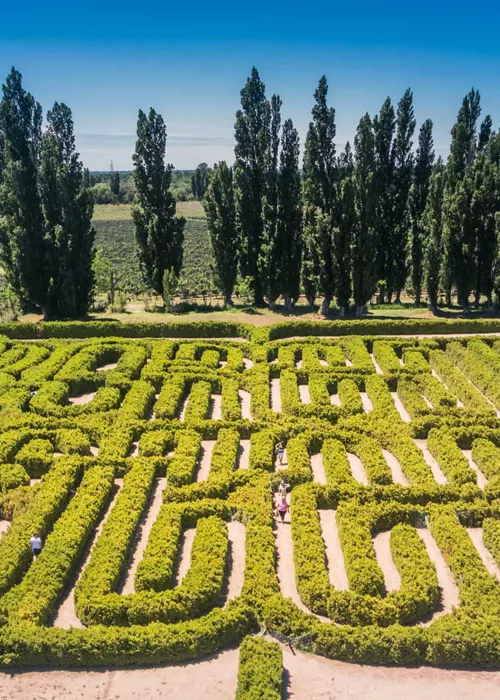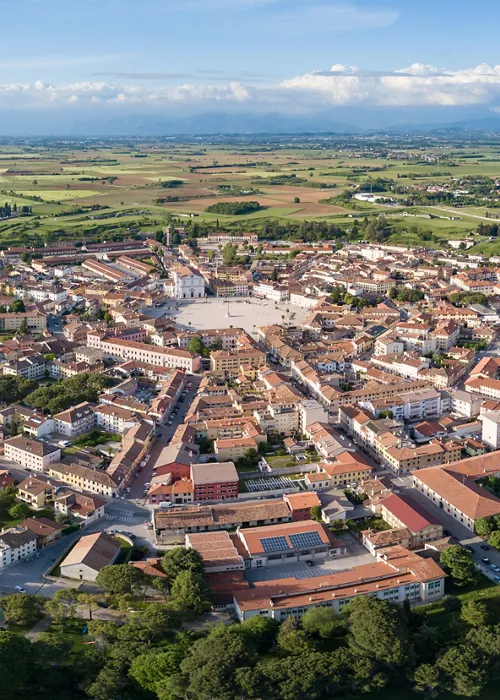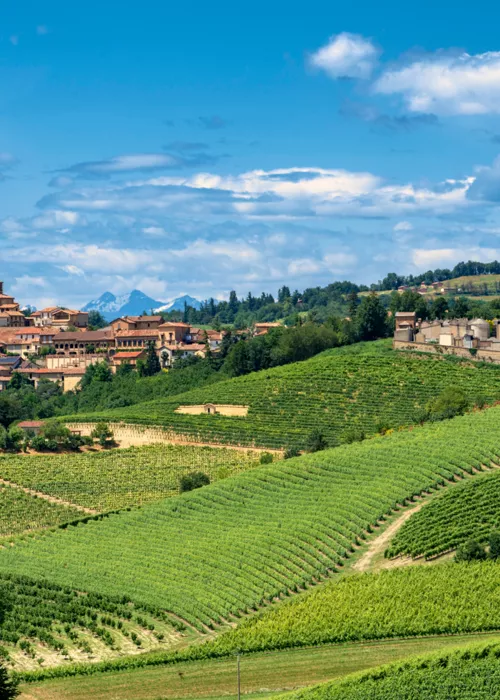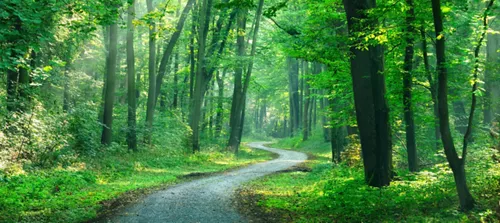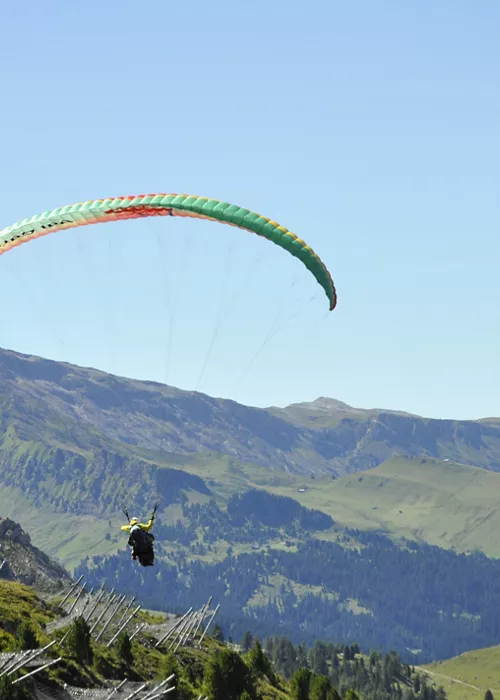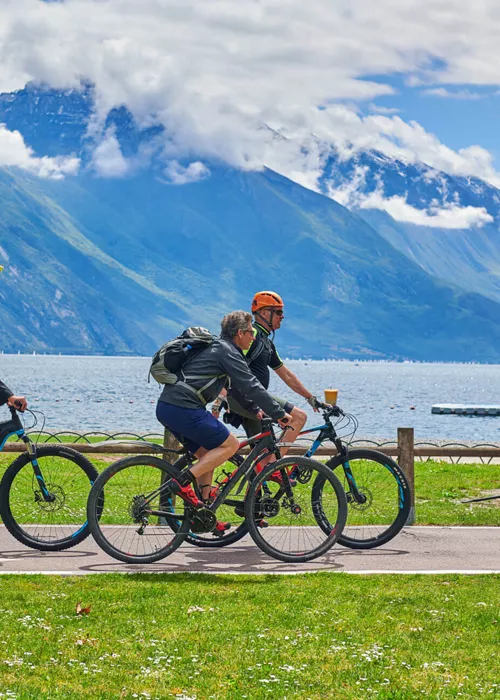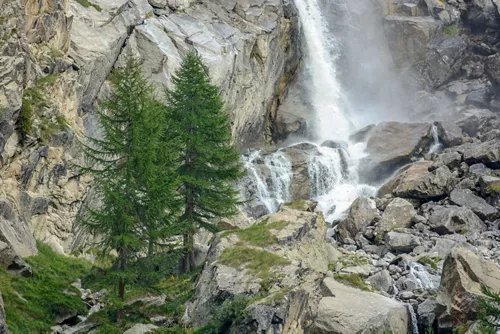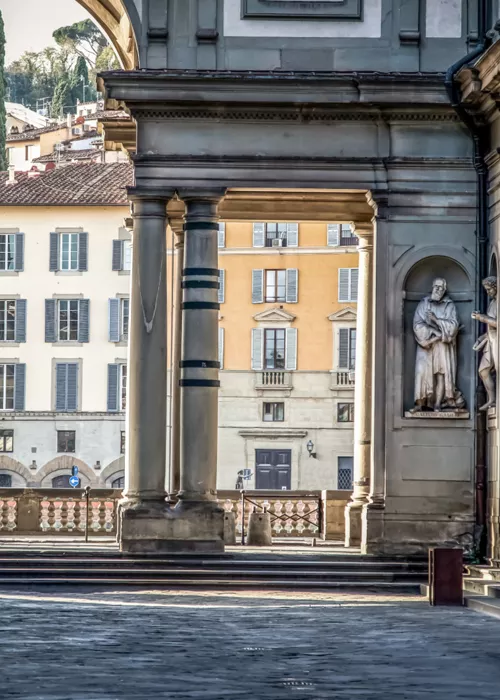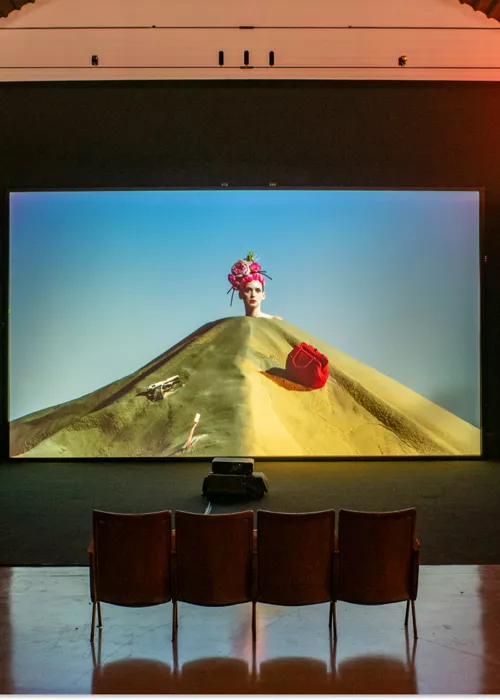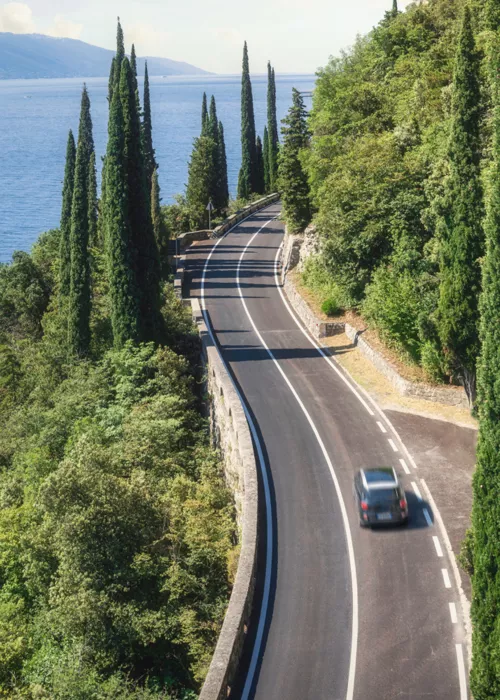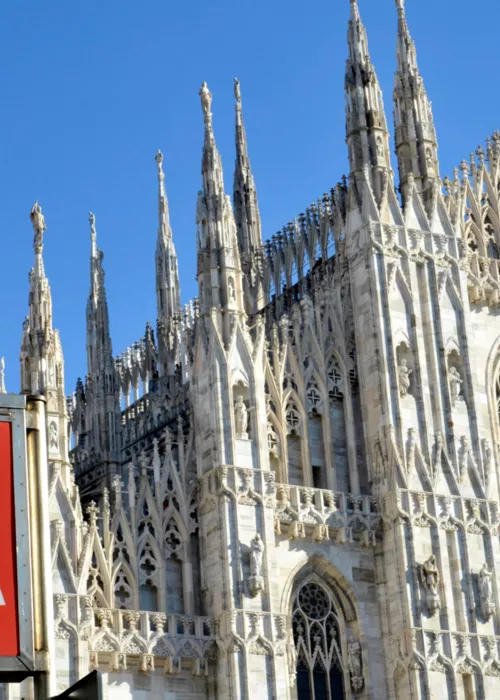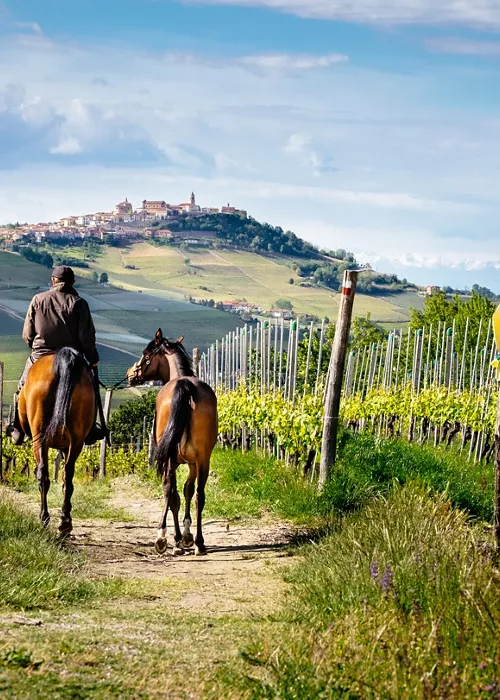The Sacri Monti of Piedmont and Lombardy
4 minutes
The Sacri Monti of Piedmont and Lombardy are devotional monuments scattered across the mountains of northern Italy. They originated as an alternative method of prayer compared to pilgrimages to the Holy Land, which had become increasingly difficult to visit due to the expansion of Islamic culture, and as a response to the Protestant Reformation.
They comprise nine complexes of chapels and sacred architecture from the 16th and 17th centuries distributed along routes that represent episodes from the Holy Scriptures, built by the hands of the best artists of the Lombard late Renaissance and Baroque artistic tradition.
What are Piedmont’s and Lombardy’s Sacri Monti and where are they?
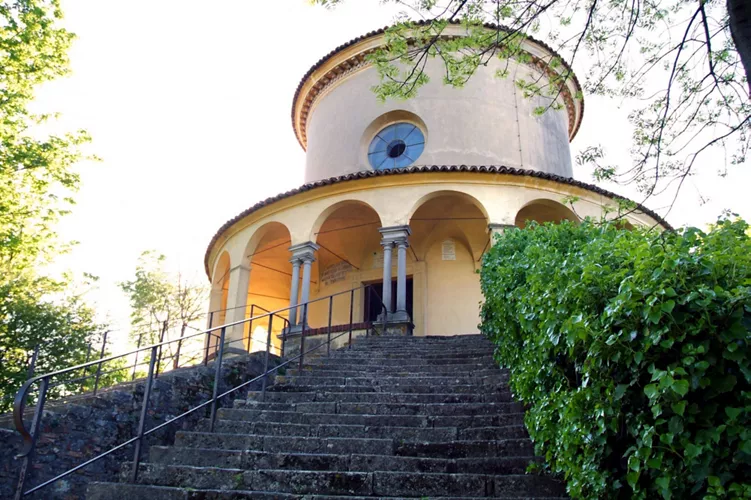
The Sacri Monti, literally Sacred Mounts, of Piedmont and Lombardy are nine Christian prayer routes. Along the routes, stage after stage, visitors can admire votive shrines and architectural complexes containing statues, frescoes and paintings.
Seven of the Sacri Monti are in Piedmont, with sanctuaries in Varallo, Crea, Orta, Oropa, Ghiffa, Domodossola and Valperga. The sanctuaries in Lombardy are the Sacro Monte della Beata Vergine del Soccorso in Ossuccio and the Sacro Monte del Rosario in Varese.
The importance of the Sacri Monti in Piedmont and Lombardy is not only linked to their spiritual significance, but also to the perfect intermingling of their architecture into their surrounding landscapes.
History and information on the Sacri Monti of Piedmont and Lombardy
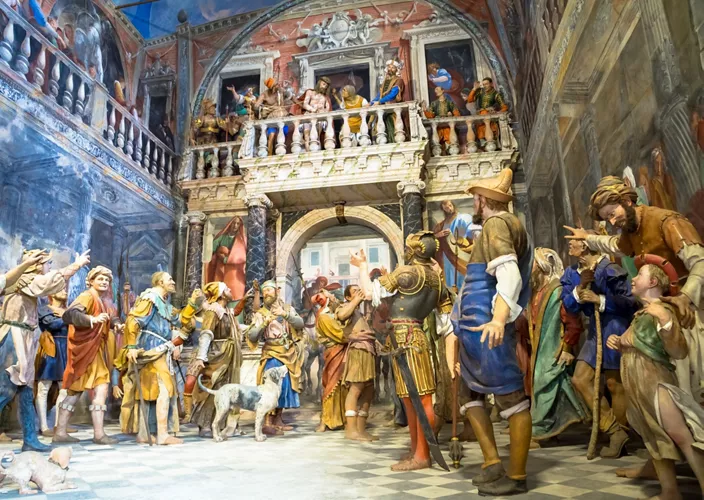
The history of the Sacri Monti of Piedmont and Lombardy is tied with the figure of Charles Borromeo, the bishop of Milan who promoted the idea of the Friars Minor, custodians of the Holy Sepulchre, to recreate places of worship in Europe as an alternative to the holy sites of Jerusalem and Palestine, which were to be taken as inspiration. The rocky cliff above the town of Varallo in Valsesia was selected as the area in which to reconstruct the landscape of the Holy Land. Work on the New Jerusalem began in the late 15th century.
The ideas that emerged during the Council of Trent in 1545-1563 prompted Carlo Borromeo to promote the Sacro Monte of Varallo, shifting the focus to the life and passion of Christ. The project continued until the middle of the 18th century with the building of the other Sacri Monti.
Why it became a UNESCO site
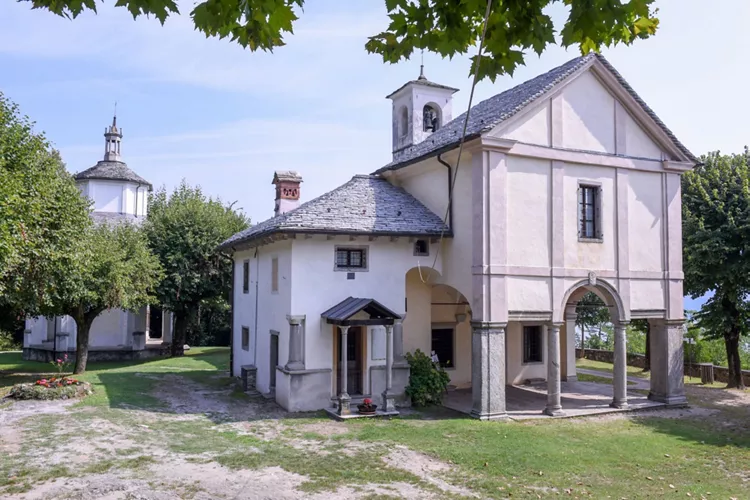
For centuries, the nine Sacri Monti of Piedmont and Lombardy have guided faithful and visitors on a physical and spiritual journey through their monumental stations.
In 2003, UNESCO recognised the symbolic spiritual significance of these complexes and the value of the sacred art they protect, including votive chapels, sculptures and precious frescoes. In considering them a World Heritage Site, UNESCO also wished to emphasise how the Sacri Monti of Piedmont and Lombardy offer a splendid example of the integration of sacred architecture into the surrounding landscapes, dotted with hills, forests and lakes.
What to see in the Sacri Monti of Piedmont and Lombardy
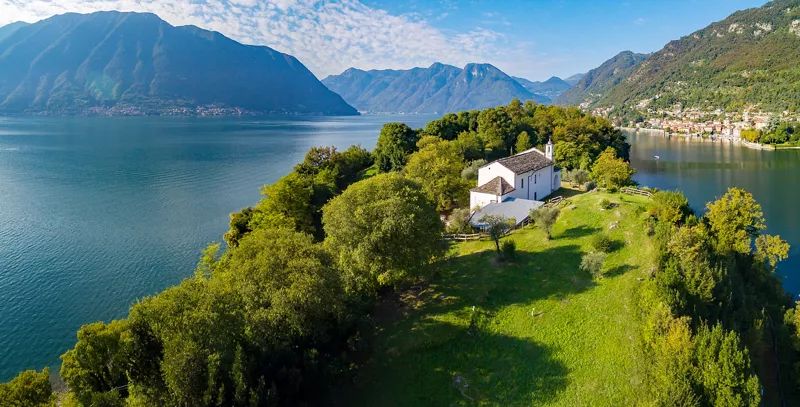
Perhaps the best suggestion is to begin any visit to the Sacri Monti from the first mount, the Sacro Monte of Varallo.
From the centre of Varallo, you can follow the well-marked uphill path that represents the route of Jesus' ascent to Calvary, and let yourself be carried away by this tale that mixes sacred narrative, theatre, art, architecture and nature. The Sacro Monte of Varallo winds its way up the hillside in a bucolic Via Crucis among 45 chapels, extraordinary frescoes and over 800 wooden or polychrome terracotta statues.
The second stop is the Sacro Monte of Crea, located on one of the highest hills of the Monferrato region, which takes you along an uphill path among 23 chapels and five hermitages which illustrate the mysteries of the Rosary. The path winds through a forest of oak and ash trees and ends at the Paradise Chapel at the top of the hill.
Moving on to Sacro Monte of Orta, the only one dedicated to St Francis of Assisi, was built in three stages between the end of the 16th and the end of the 18th century. The 20 chapels up to the Church of St Nicholas and St Francis will take you through the most significant episodes in the life of St Francis.
The Sacro Monte of Oropa is the highest of the Sacred Mounts in Piedmont and Lombardy and is entirely dedicated to the Virgin Mary, while the Sacro Monte of Ghiffa is dedicated to the Holy Trinity. All along the way, the view of Lake Maggiore is breathtaking.
The mysteries of the Rosary are also at the centre of the Sacro Monte of Varese, located in the hamlet of Santa Maria del Monte: Fourteen chapels are strung together along a two-kilometre route to the sanctuary of Santa Maria del Monte, almost entirely rebuilt in 1472.
You must also see the Sacro Monte of Ossuccio, located on the western shore of Lake Como. Surrounded by fields, olive groves and forests, the route winds its way through 14 Baroque chapels dedicated to the Blessed Virgin Mary of Perpetual Help.

